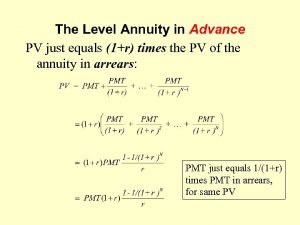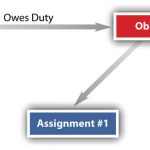- Teras kapatma, Ahşap teras kapatma Veranda, Sundurma, Balkon teras kapatma
- (0536) 410 80 94
- info@mkcatisistemleri.com
Compound Interest: What It Is, Formula, Examples The Motley Fool
How Much Do Restaurants Pay Employees? Restaurant Industry Salary Breakdown
17 Ocak 2022Putin nie zatrzyma się na Ukrainie Stoltenberg: Wsparcie dla Kijowa nie jest jałmużną
7 Nisan 2022
In our article about the compound interest formula, we go through the process ofhow to use the formula step-by-step, and give some real-world examples of how to use it. Shape your investment accounting for artists journey with 25+ premium courses, 15+ stock recommendations and a premium subscription of Ticker Plus. The return from compounding is higher than that of simple interest.
- A is the final amount of money after t years, including both the principal and the compounded interest.
- Compound interest, also known as compounding interest, is accumulated interest that is added to the principal amount invested to calculate the interest on a deposit.
- You should choose monthly compounding over quarterly compounding.
- Therefore, Z’s investment of INR 5 lakh in five years compounded monthly will grow to INR 6.42 lakh at 5% rate of interest per annum.
Compound Interest Formula & Steps to Calculate Compound Interest
This tool is very convenient and easy to use and gives consumers the actual rate of return on an investment. This will help any prospective investor see how compound interest will grow their money. The tool is also advantageous because an investor can make a decision on how much he/she has to invest in order to reach a financial/investment goal.
Is compound interest levied on loans?
You will get a clear breakdown of the principal component and the total interest calculated. This will be accompanied by a graphical representation of the results in the form of a pie chart. As a result, compound interest can result in much higher growth over time. For savers who https://www.personal-accounting.org/accounting-for-tech-startups-what-you-need-to-know/ are looking to grow their money at the fastest possible rate, compound interest is generally the way to go. Regardless of how you choose to utilize it, understanding compounding can help you make the most of your financial resources and achieve your long-term financial goals.
How to calculate Monthly Compound Interest
It can be daily, weekly, monthly, quarterly, half-yearly, and yearly. You can enquire about your bank’s compounding frequency by reaching out to their customer representative or checking their website. The bank can change the interest rate offering and compounding frequency at any given time hence you must keep a close eye on their website. Compounding frequency is the number of times the interest is added to the principal amount.
You can efile income tax return on your income from salary, house property, capital gains, business & profession and income from other sources. Further you can also file TDS returns, generate Form-16, use our Tax Calculator software, claim HRA, check refund status and generate rent receipts for Income Tax Filing. Compound Interest Calculator shows you the compound interest that you earn on investments.

Unit Linked Insurance Plan (ULIP) is a type of insurance plan that combines the benefits of insurance and investment. The premium paid towards the ULIP is invested in the market, and the returns earned are compounded. The returns on ULIPs are not fixed and depend on the performance of the market.

EPF is a great investment option for those seeking a safe and secure retirement plan. If you want to estimate the exact yield of your investment for a particular tenure, use the BankBazaar online compound interest calculator. So, any amount can be selected along with the tenure and interest rate.
Compound interest is generally used in calculating returns on savings accounts, fixed deposits, recurring deposits, as well as bonds, mutual funds, dividend stocks and real estate investments. When it comes to investing, it’s always a good idea to choose an investment avenue that allows you to enjoy compounded interest. The interest you earn every 6 months is added to your savings, and for the next six month, you can earn interest on the new amount. Both investment avenues work in a similar fashion, with the main difference being that ULIPs offer the additional benefit of life cover. Compound interest investment plans are especially useful in planning your finances for your retirement. A compound interest calculator is an advanced mathematical calculator that helps you calculate the return on your investments if compounded periodically.
The effect of inflation can be mitigated by putting money into investment avenues that pay compound interest. Using the ICICI Direct Compound Interest calculator is very easy. The online tool has an extremely simple user https://www.adprun.net/ interface, making it possible for anyone to use the calculator. You can use this result to determine whether a particular investment is worthwhile, as well as for planning how you will spend the money in the future.
For instance, if you earn a 10% annual interest, a deposit of Rs 100 would gain you Rs 10 after a year. You’ll earn interest on your deposit, and you will also earn interest on the interest you just earned. For example, say you invested ₹100 in a fixed deposit that pays 5% interest annually.
With a compound interest calculator, you can compare different investment options and choose the one that will give you the best returns over time. You can also use the calculator to see how much you will earn if you invest a certain amount for a specific period. By multiplying the initial balance by one plus your annual interest rate raised to the power of.time periods (years) you will arrive at your annual compounding rate. Together this provides you with a combined figure for both your principal and compound interest. An investment of Rs 1,00,000 for 5 years at 12% rate of return compounded annually is worth Rs 1,76,234.
